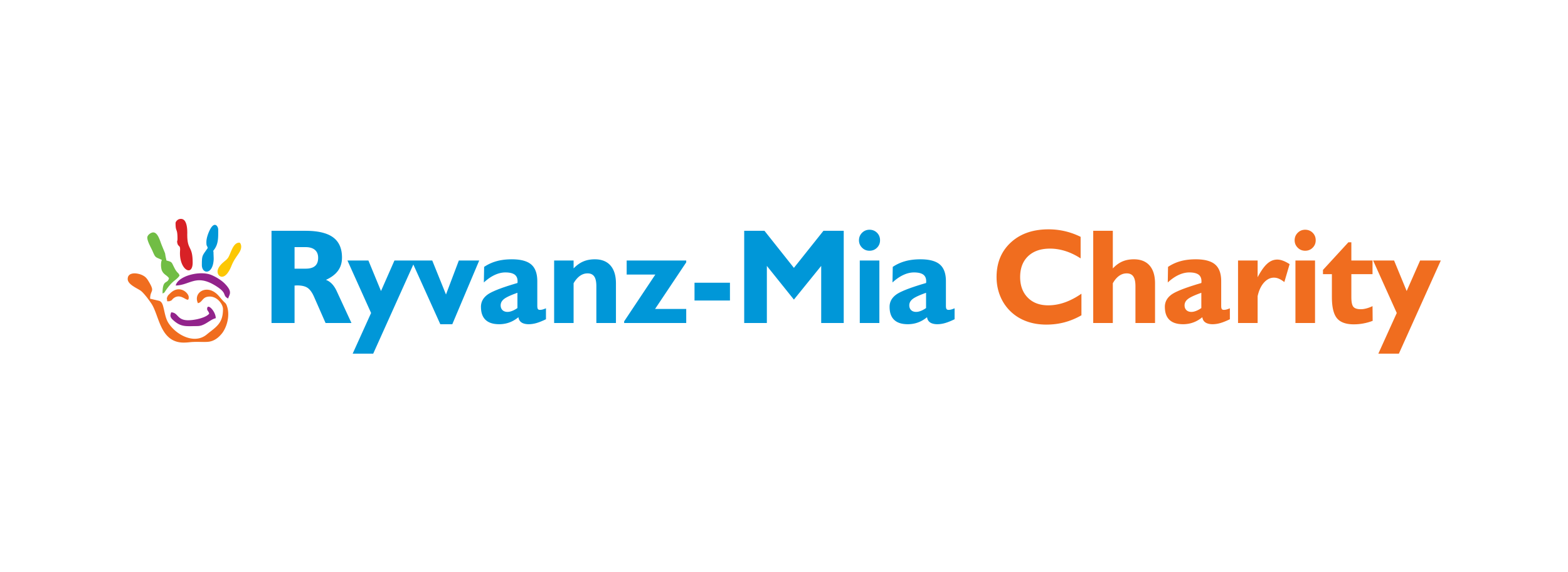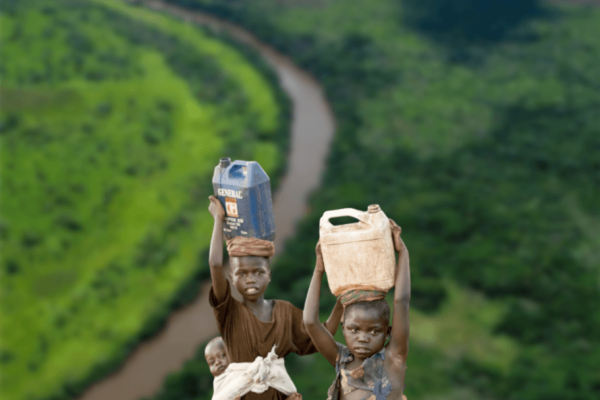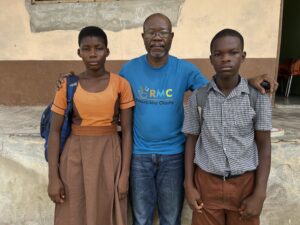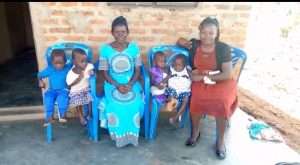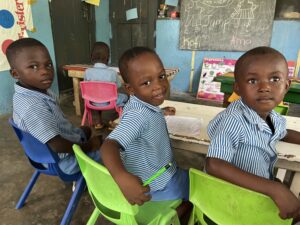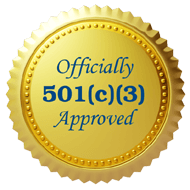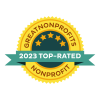WATER
“Africa is facing a water catastrophe. While climate- and water-related shocks are intensifying globally, nowhere else in the world are the risks escalating as seriously as on the African continent. According to WHO estimates (2022), in sub-Saharan Africa, it takes citizens an average of 30 minutes daily to access water; some 400 million people lack access to essential water services.” Amref declares this on International Water Day, which falls today. Groundwater levels are dropping so low that some communities are being forced to dig wells twice as deep as they were a decade ago (A Water Development Report 2023),” the NGO points out. “Five consecutive seasons of below-average rainfall in the Horn of Africa have created the worst drought in 40 years. More than 9.5 million livestock have died, and 120 million liters of milk have been lost along with almost all crops, causing a drastic reduction in food supply and upward pressure on food prices.
PROBLEM
In this region, where agriculture and livestock are primary sources of subsistence for most of the population, more than 20 million people are at risk of starvation (6 million are children under five years old who are considered severely malnourished) due to drought. “Water stress and climate change are two sides of the same coin, and concrete action is needed from everyone to address them,” says Guglielmo Micucci, director of Amref Italy. “The situation is dire, and there is an urgent need for international institutions and nongovernmental organizations to intervene. As Amref, we work in the African Continent through programs based precisely on recognizing that human health, animal health, and the health of the environment are inextricably linked.” Africa’s growing population is increasing the demand for water and decreasing the availability of water resources. Two-thirds of sub-Saharan Africa depends mainly or entirely on surface water-water on the continent’s surface as in a river, lake, or wetland. Surface water is often highly polluted and is not considered a reliable and safe source of drinking water.
DATA
Of the 783 million people in the world who lack access to clean water, 40 percent live in sub-Saharan Africa. We can see it in the statistics of the United Nations on the occasion of World Water Day. People celebrate it today, March 22. Water touches many aspects of human life. The first is sanitation. Sanitation facilities safely separate human waste from human contact. Still, when people do not have access to safe sanitation, they have to relieve themselves outdoors, and nature transfers the debris back into people’s food and water resources. About a quarter of people who cannot enjoy sanitation live in sub-Saharan Africa. Using contaminated drinking water and poor sanitation increases vulnerability to waterborne diseases, including diarrhea, cholera, dysentery, and typhoid. More deaths occur among children under two living in South Asia and sub-Saharan Africa. According to the United Nations, 115 people in Africa die every hour from diseases related to poor sanitation, poor hygiene, and contaminated water. Diarrheal infections, caused mainly by unsafe water and poor hygiene, kill more children under five than malaria, AIDS, and measles combined. Diarrhea kills one child every 60 seconds.
RISKS
When people lack access to clean water and sanitation, they are also at risk of decreased school attendance, lost work days, malnutrition, and poverty. An estimated 400 million school days are lost yearly due to water-related diseases, with 272 million due to diarrhea alone. “We risk our lives by drinking dirty water,” says Khadra Omar, 26, who lives in Mogadishu. “We had never faced such a long and harsh drought. Before, somehow, we managed to get some water, but now it is almost impossible. We are dying of thirst.” “The ongoing water crisis in East Africa is an example of how urgent it is not only to increase aid to address the emergency. To establish effective long-term solutions to deal with the effects of the climate crisis in this part of Africa. For example, prolonged and exacerbated weather phenomena such as ‘La Nina’ leads to a drought of which no end is in sight,” Petrelli concludes. “Millions of people are on the brink, and we must do all we can to save lives, but at the moment, to solve the emergency in the three countries, people use only 20 percent of the UN Response Plan.
KINSHASA
If the situation in big cities such as Bukavu, Lubumbashi, Goma, Kinshasa, Kisangani, Kananga, and Mbuji-Mayi is already challenging in the villages, the problem is even worse. In rural areas, people drink water from springs. However, people don’t protect this water. There is a lack of technicians and primarily a lack of funding to do this work. The problem is that wild animals also pass through where people go to draw water or drink untreated rainwater or from open wells. Even in Kinshasa, the capital of Congo, a megacity of more than 10 million people, there is a water problem. For more than a week, tap water has been increasingly rare in several municipalities in Kinshasa. The city’s resident population is suffering cruelly because water, which is life, is not there. This situation is extremely worrying, so we call on the government of the Democratic Republic of Congo to take responsibility for a quick solution to this problem.
SOLUTION
Some critical components of water security cannot be uniformly assessed; given the limited data availability, it is difficult to accurately evaluate progress toward water security. For example, it is not easy to estimate the percentage of Africa’s population that will have access to safely managed drinking water services by 2030, one of the United Nations’ goals. National governments must take action with the support of international agents to improve efforts to collect data and identify intervention strategies to ensure water security in all African regions. We are on a collision course, then. And we will crash if we do not immediately adjust the tiller. Because “water flows through all global issues. From health to hunger, from gender equality to labor, from education to industry, from disasters to peace,” Gilbert Houngbo, chair of the UN Coordinating Mechanism on Water Issues. And if we intend to continue progressing as humanity, now is the time to “accelerate change.”
CONCLUSION
International Water Day is 30 years old, with nothing to celebrate. Still, more than 2 billion people lack access to safely managed water. A child under five dies every 80 seconds from diseases caused by polluted water. The toll of human suffering caused by water-related climate disasters grows more devastating year. A catastrophe that does not happen by accident and is barely a warning of things to come.
